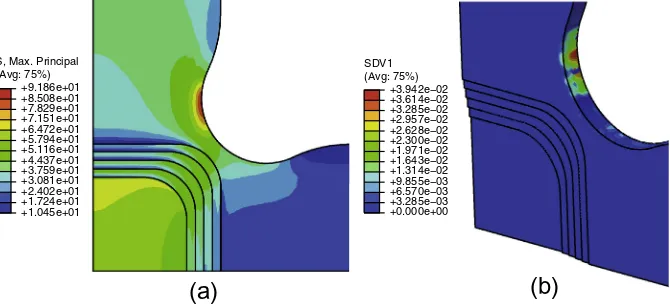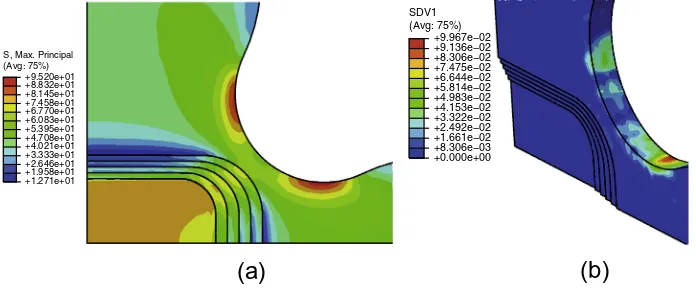Mixed-mode damage into a CGRP cruciform subjected to biaxial loading
Full text
Figure
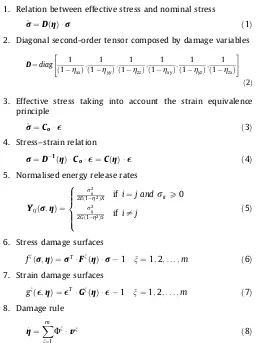
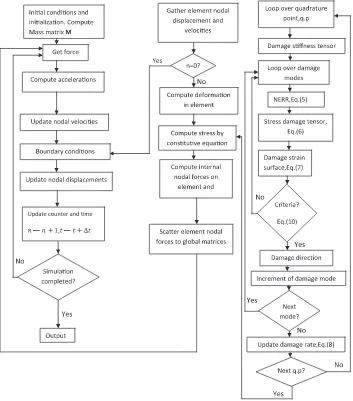
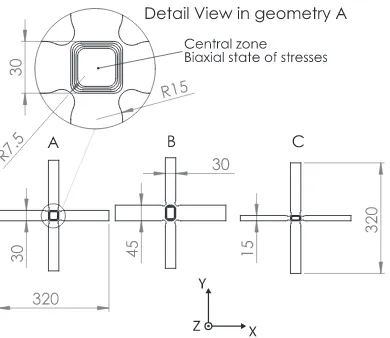
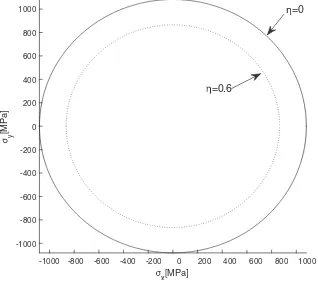
Related documents
Other demonstrated GIT surgical affections in cats as ileus, foreign bodies, stomach wall thickening, intussusception, perforated small intestine showed the same ultrasonographic
International Student Support pages If you are travelling from overseas, these pages contain the information you need for living in the UK and studying at York, including
To travel to Russia by car or motorcycle you need your passport with a valid Russian visa, your driving license and an international driving permit, the registration document on
The role of women and men in daily life and within the funeral ceremony is discussed – the Mosuo is a matriarchal society – as are the vernacular architectural settings which
The reason is that in the low transmit power regime, mmWave ad hoc network tends to be noise-limited, and mmWave link at lower mmWave frequencies experiences lower path loss and
Although uniform content placement is optimal, the proposed PIR scheme for multiple code rates may be useful in other scenarios, e.g., for distributed storage where data is stored
From last few years, the forest department of the Jharkhand is developing Dalma Wildlife Sanctuary as a best eco-tourism destination .As the researcher has been
ranges among HIV-negative adults in Botswana by evaluating blood specimens obtained from two distinct populations: (i) blood donors and (ii) participants of the Botswana 2001
